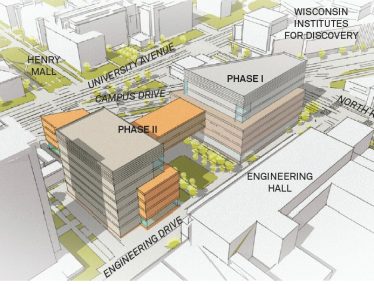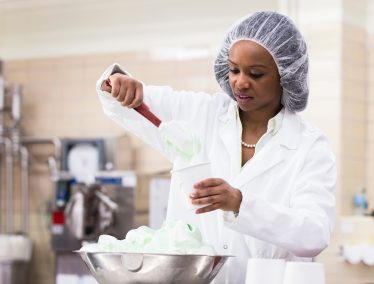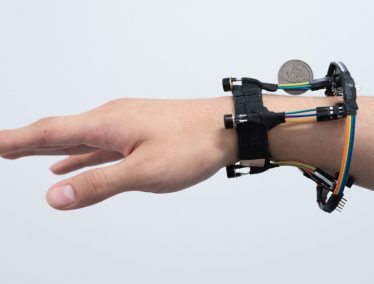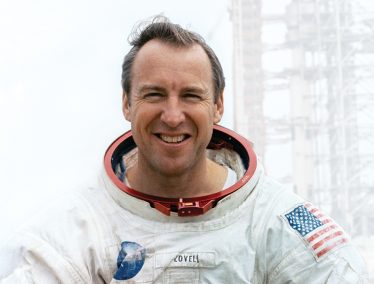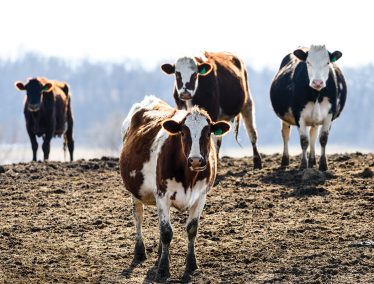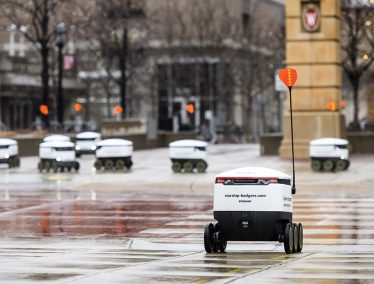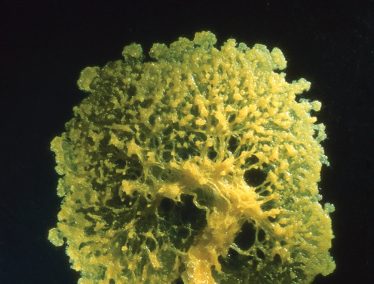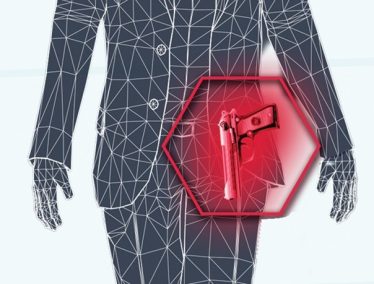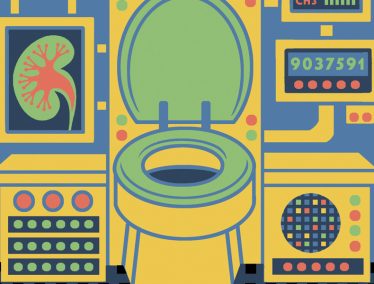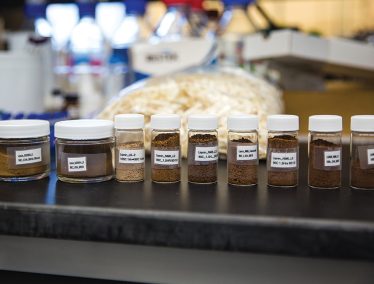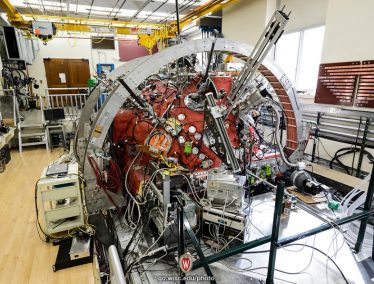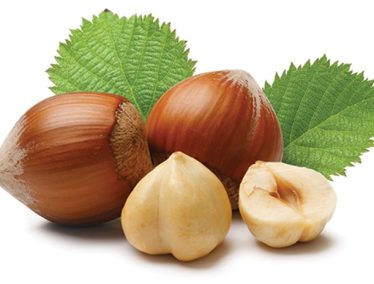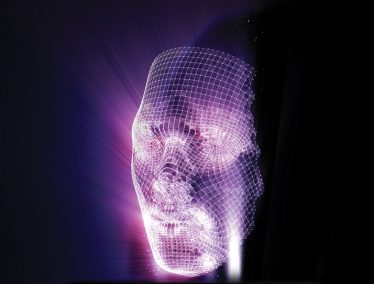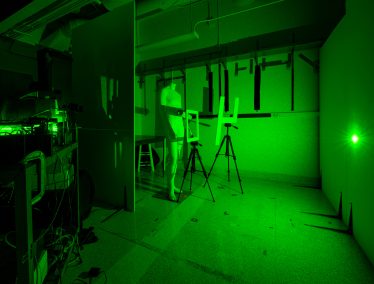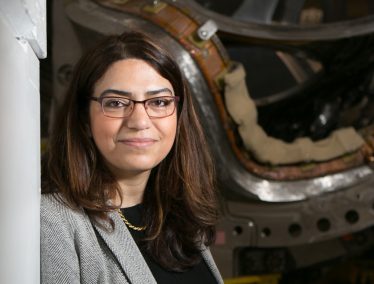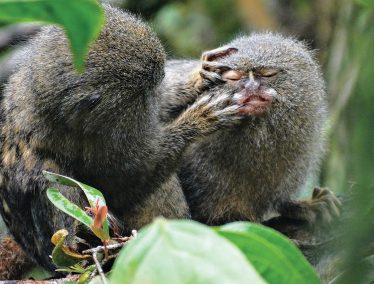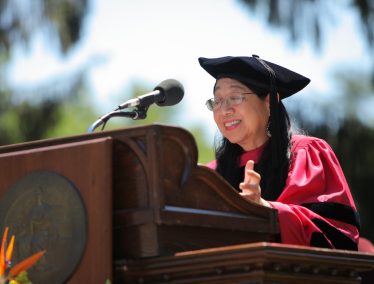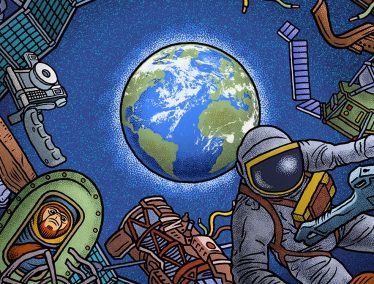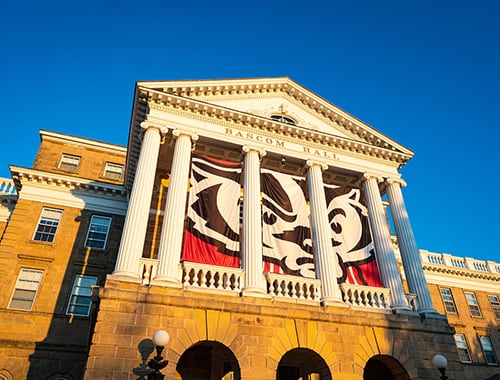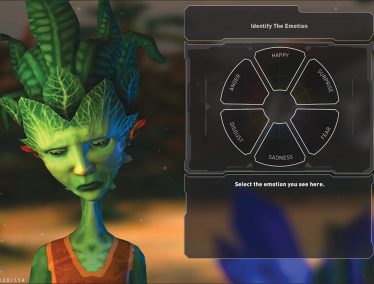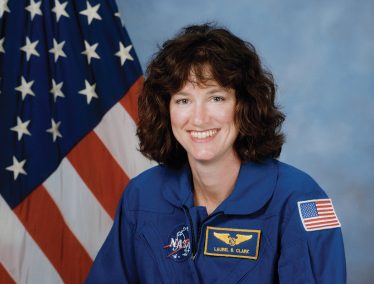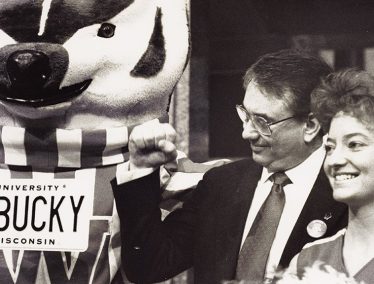A proposed building would stimulate collaborations and spark discoveries.
Find Articles
This page presents a paginated collection of all On Wisconsin stories by default. You can use topic and year filters to narrow the list of stories.
Selected topic: Science & Technology.
205 stories matched. Showing page 3 of 7.
Filters
Filter by Year
Filter by Topic
Maya Warren PhD’15 changes the world one scoop at a time.
How Jim Lovell x'50 pulled off NASA’s most daring recovery.
UW–Madison innovations help farmers reinvent themselves in challenging times.
It’s a bot’s world: in April, as Wisconsin adapted to the Safer at Home order, the UW’s food delivery robots kept running, taking meals from the Gordon Avenue Market to students who remained in the residence halls. Here, a line of the robots waits to cross West Johnson Street.
New technology analyzes urine to improve your health.
UW patents a way of making Tylenol’s active ingredient from plant material.
The Big Red Ball lets scientists study solar phenomena from the comfort of Earth.
New technology can capture complex hidden scenes.
An innovative study looks to man’s best friend for answers on prevention.
Physicist Fatima Ebrahimi PhD’03 believes that if efforts to control nuclear fusion pay off, it will provide unlimited energy that will change the world.
The winners of this year’s UW Cool Science Image contest were announced in March.
Born in war-torn Hong Kong to a prominent but absent father and his sixth concubine, UW physicist Sau Lan Wu has overcome stunning obstacles on her path to three major scientific discoveries.
It’s getting mighty crowded in space as debris from satellites, labs, and other things shot into Earth’s orbit degrade over time and threaten to fall back to where they came from.
A UW geneticist helped to discover a new yeast species, providing a new flavor to brewing companies.
Sorbetto/ISTOCK
3D printing seems like science fiction come to life.
“It’s kind of Star Trek–like,” says Dan Thoma MS’88, PhD’92, director of the Grainger Institute for Engineering, who has researched the technology for 25 years.
Remember when Captain Picard commanded the replicator on the…
It’s been two decades since the first human embryonic stem cell lines were derived at UW–Madison. What effect has the discovery had on scientific research and human health?
Adam Steltzner PhD’99 just wanted a regular job, so he became an engineer — eventually, one of NASA’s top engineers. Now he’s helping lead the search for life on Mars.
New research from the UW shows video games could help teach empathy to adolescents.
In a new book, former Wisconsin governor Tommy Thompson ’63, JD’66 recalls his partnership with UW–Madison and his support for biotechnology research.
UW researchers are using drones to search for more sustainable farming methods.
Bill Hibbard ’70, MS’73, PhD’95 and other artificial-intelligence experts want to ensure that AI meets its potential for good — avoids dystopian scenarios.
The UW’s ideas factory churns out remarkable findings that don’t always get the notoriety they deserve.
